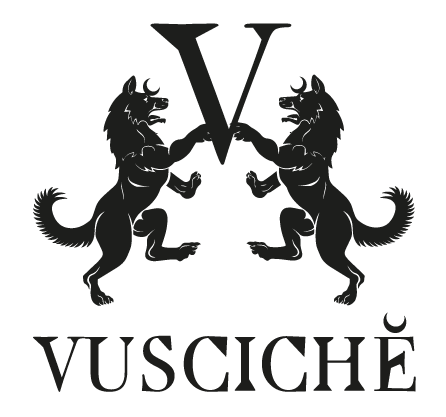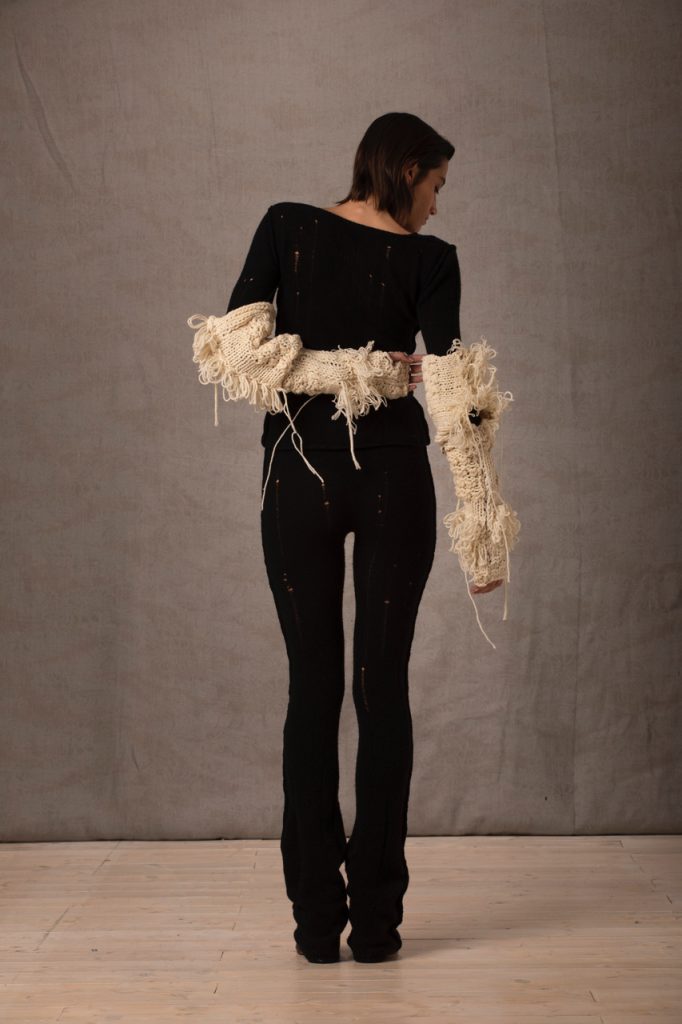Sustainable and circular fashion must be cruelty-free because it is built on ethical and respectful principles towards animals. It promotes the elimination of animal-derived materials such as fur, leather, and wool, which often involve animal suffering and exploitation.
In the realm of ethical fashion, companies like Vuscichè are demonstrating tangible commitment to sustainability. Vuscichè proudly utilizes sheep’s wool from the renowned Abruzzo-based Fratelli Bianco wool mill. This wool comes from a farm that follows ethical and animal-respectful shearing practices, ensuring the well-being of the sheep. This ensures that wool is obtained without inflicting suffering on the involved animals.
The Commitment to Cruelty-Free Materials: But that’s not all. Vuscichè goes even further in their dedication to using cruelty-free and sustainable materials, such as the eco-cashmere from Prato di Hircus Filati. This premium fiber offers the look and comfort of traditional cashmere, without the need to rear cashmere goats. This environmentally-conscious approach helps reduce the impact of the fashion industry on the global ecosystem.
Reducing Environmental Impact: Furthermore, sustainable and circular fashion focuses on reducing the environmental impact of the fashion industry. The use of cruelty-free materials helps decrease pollution and deforestation associated with animal farming for fur and leather production.
Promoting Sustainable Alternatives: Cruelty-free fashion is also based on the idea of promoting sustainable and cruelty-free alternatives, such as the use of synthetic or plant-based materials that don’t require the killing or exploitation of animals.
Conclusion: In conclusion, sustainable and circular fashion must be cruelty-free not only to respect animals but also to mitigate environmental impact and promote ethical and sustainable alternatives in the fashion industry. The commitment of brands like Vuscichè to using cruelty-free and sustainable materials, such as sheep’s wool from the Abruzzo-based Fratelli Bianco wool mill and eco-cashmere from Prato di Hircus Filati, showcases that it’s possible to blend style, quality, and environmental consciousness.

